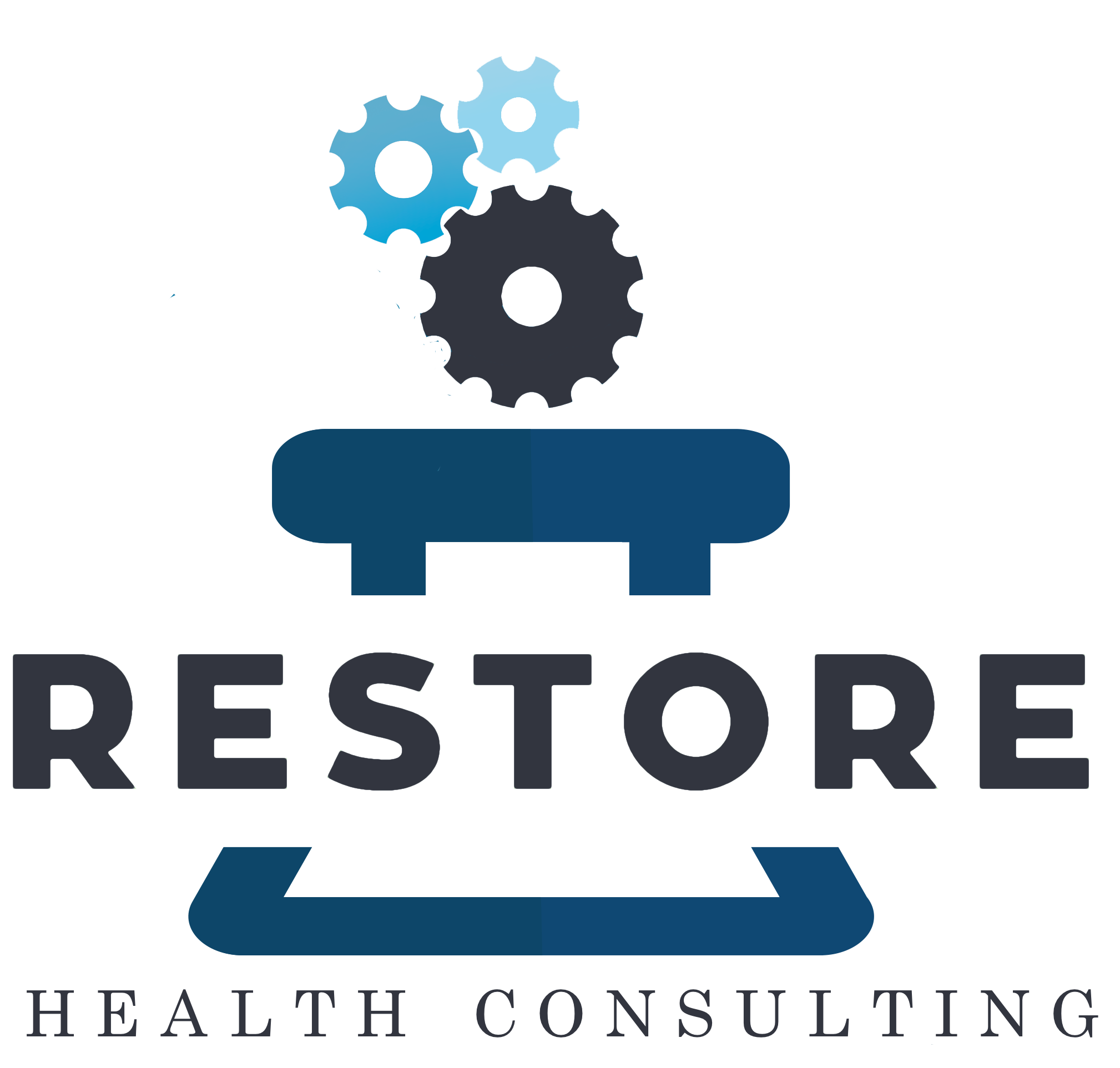Insanitary Conditions at Compounding Facilities Guidance for Industry
The Federal Food, Drug, and Cosmetic Act states, “A drug is deemed to be adulterated if it has been prepared, packed, or held under insanitary conditions whereby it may have been contaminated with filth, or whereby it may have been rendered injurious to health.”
While 503A compounding pharmacies are not required to follow current good manufacturing practices (CGMP), they must still prepare drugs in a sanitary environment.
Many 503A compounders have been inspected by the FDA and have received 483 observations or warnings of insanitary conditions found at their firm. These regulatory findings have negative outcomes ranging from recalls to injunctions, pharmacy closures, and adverse drug events.
To help 503A pharmacies understand how to recognize insanitary conditions at their facilities, the FDA recently released a draft guidance document on this topic.
Some obvious examples of insanitary conditions of a facility were cited such as the presence of vermin, rust, mold, or water leakage in cleanrooms. The Agency also states improper classification of cleanrooms, under monitoring of pressure differentials, lack of unidirectional airflow in ISO 5, loose ceiling tiles or unsealed HEPA filters, and dust-collecting ledges or presence of sinks in ISO 7 as other examples of facility-related insanitary conditions.
Other practices are deemed insanitary as it relates to sterile compounding:
The use of non-sterile garb (including masks)
Allowing the lower leg portion of a coverall to touch the ground even if it will be covered with a sterile boot
Exposed skin (including forehead) or hair
Material transfer from an unclassified space to an ISO 7 suite
Using non-sterile disinfecting agents or cleaning agents in ISO areas
Conducting media fill studies that do not mimic the worst case aseptic compounding scenario
Etc.
These policies are stricter than USP requirements, creating a potential need for overhauling quality systems in some 503A pharmacies.
Ingredients must meet compendial standards for impurities when used in compounding.
Another topic mentioned in the paper was related to ingredients used in sterile compounding. Cognizant compounding professionals and health system directors understand the importance of using ingredients meeting compendial standards. However, even the most conscientious compounder can make misguided purchases and miss the quality standard mark.
One example of this situation comes to mind where a compounder was using benzyl alcohol bulk substance to prepare a sterile multi-dose injectable drug. The agent was USP grade from a validated well-known supplier. Upon a close review of the CofA, the impurities were found to be higher than what is acceptable for intravenous administration. The admission that the impurity levels are too high for parenteral use was stated clearly on the CofA but was missed by the pharmacist and quality department.
Raw materials are an up and coming hot topic in the compounding and bulk API supplier industries. The example discussed illustrates how the selection of quality ingredients is key to patient safety and is considered insanitary if not meeting appropriate quality standards for the intended use of the drug.
Today the secret to success in the compounding industry is not by offering the cheapest products around, but by offering high quality products that meet regulatory conditions. This industry has seen many seemingly successful players be taken out of the game simply because they didn’t play by the rules. While USP <797> provides the minimum enforceable standards for sterile compounding pharmacies to follow, this new draft guidance should also be considered when aiming for compliance and sterile compounding excellence.
